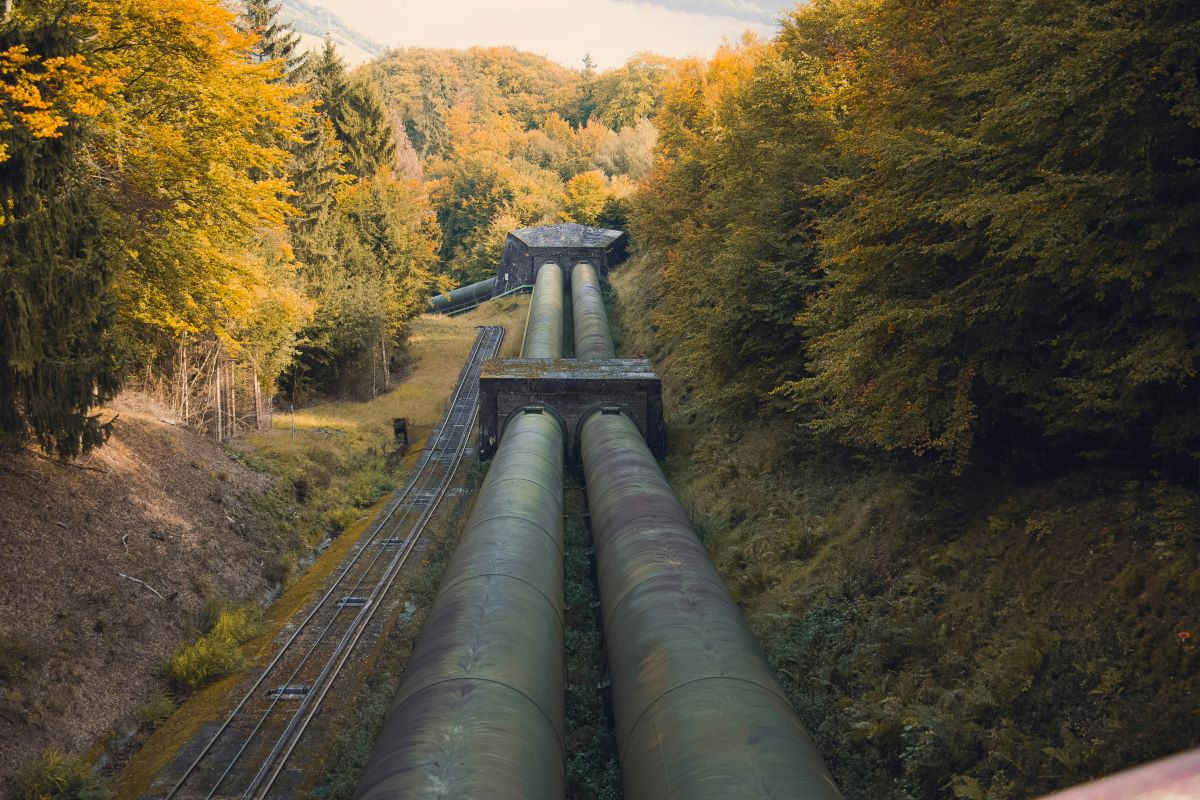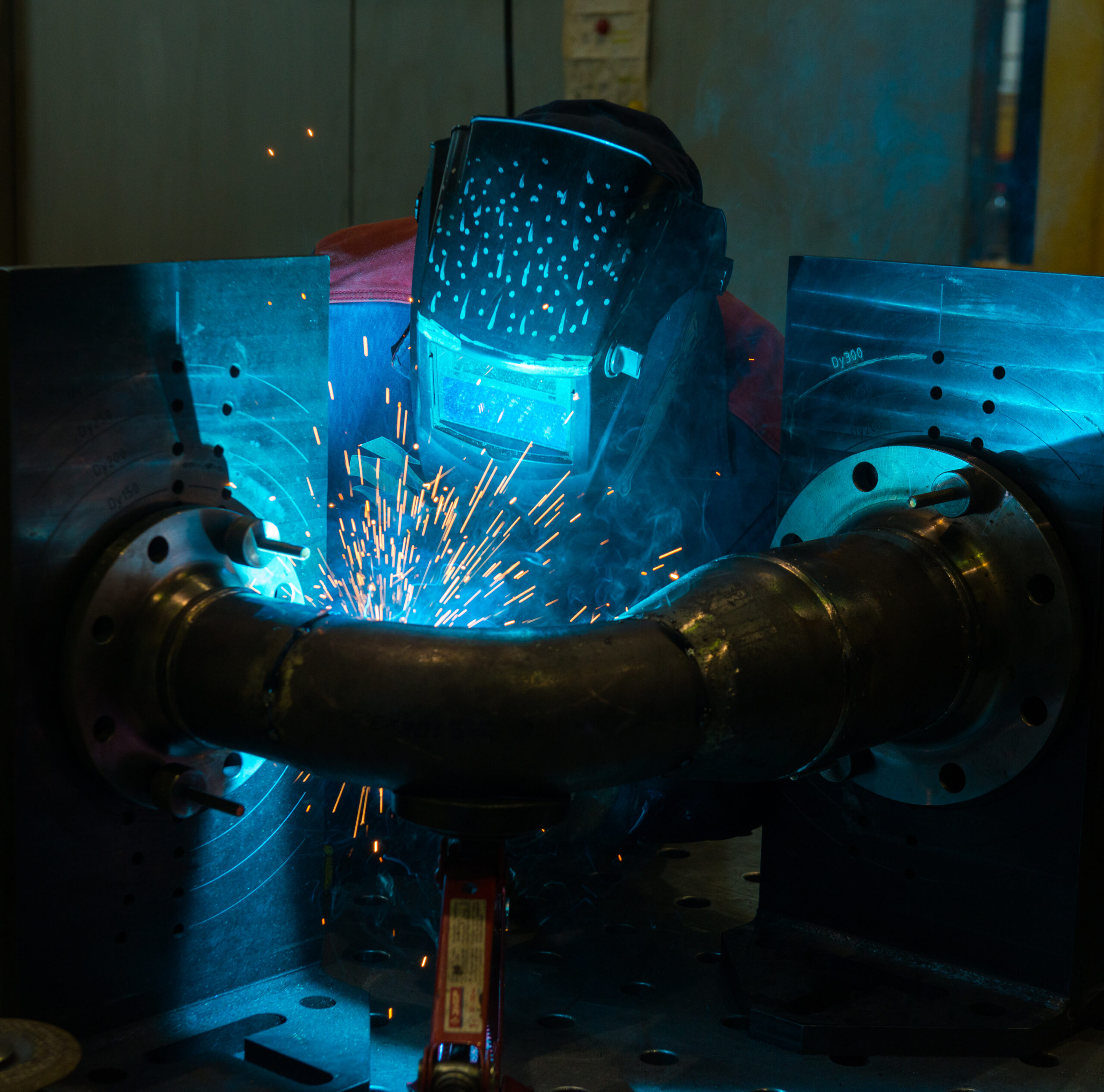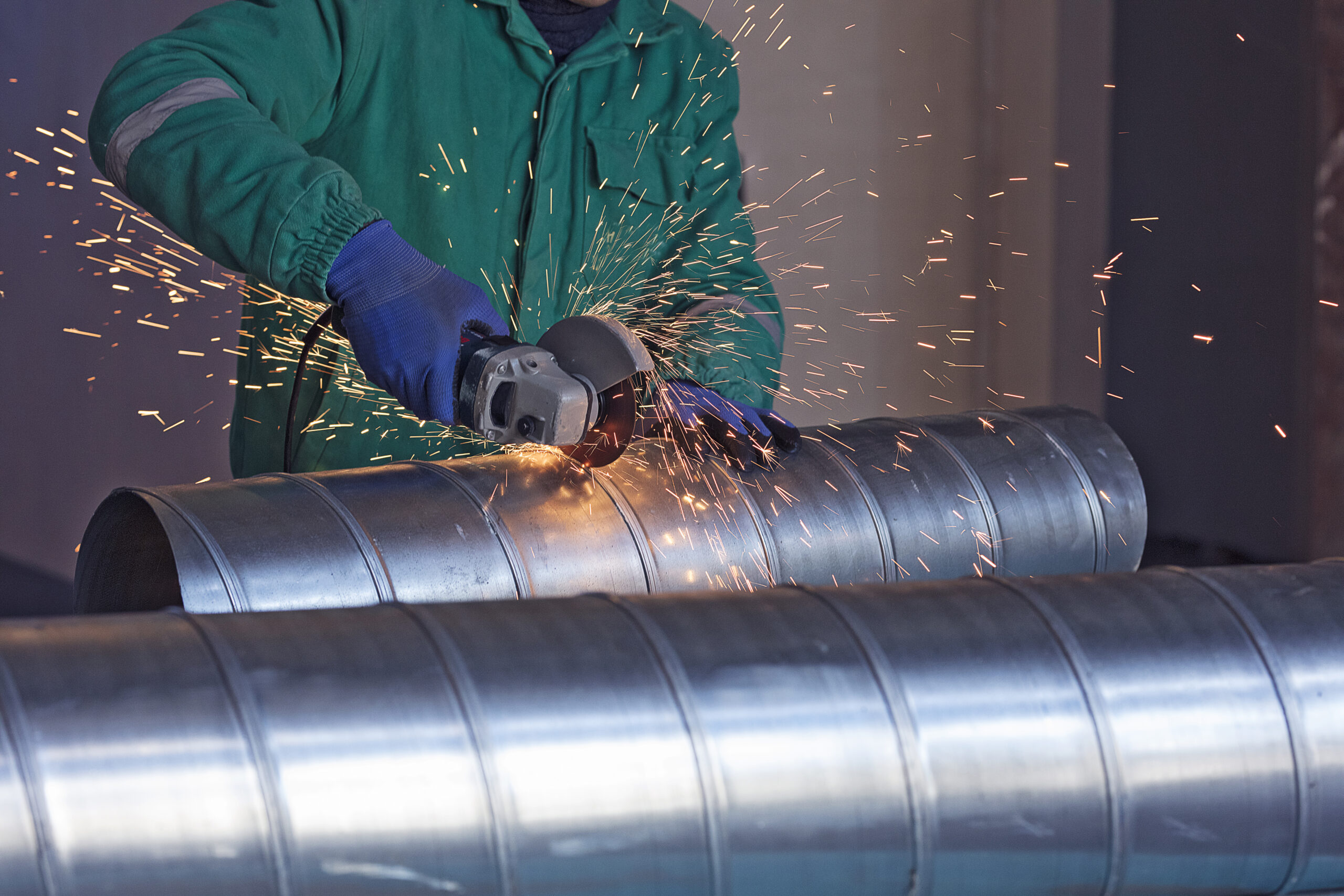You need to stop a leaking pipe because leaky pipes in the home can cause damage, as well as considerable damage and cost. Sometimes, though, it’s hard to tell where the leaks started. How do you stop a leaking pipe?
In addition to first turning off the water at home, other methods use epoxy pipelining putty, a tape repair kit, and a patch and clamp. Unfortunately, these are temporary solutions, and eventually, you will need to replace the pipe but there is another option: ID pipe coating, you just need to try it.
What Is A Leaking Pipe?
Pipe leakage is a system designed to move an object from one place to another in such a way that it loses a certain amount of its contents before reaching its destination. The leaky pipe is often used as a symbolic reference to how members of certain stats fail to advance in certain tasks, leading to lower representation in related industries. Women, for example, drop out of STEM (science, technology, engineering, and math) education and careers at a much higher rate than men.
Reasons For Leaks In Water Pipes Are:
- Poor work: If an inexperienced or untrained plumber does the plumbing installation or maintenance work, it can lead to leaks if the joints are not strong enough or if the wrong materials are used.
- Temperature changes: Pipes can freeze during the coldest months of the year, causing them to shrink. When water flows into pipes, they grow and create spaces that can lead to leaks.
- Solid water: Mineral deposits from solid water adhere to the interior of the infrastructure and weaken the material. Some pipes leak into the floor, behind walls, and into sewer lines. The formation of calcium and magnesium can eventually cause cracking, clogging, and support backing.
- Deterioration: As your plumbing system ages, rust and other types of rust can erode your home’s pipes and eventually create a hole for water to drain out.
- Blockages: Hair, dirt, and oil can all play a role in blocking water. You may find that your faucets are turned off when your sinks, showers, and toilets leak less than normal.
Fix A Leaky Pipe Plumber’s Putty
With pinhole or slightly larger leaks, or if you have leaks in the compact area, plumber’s putty is an easy way to plug it in and is widely available online and at DIY and home improvement stores. It usually consists of two parts that, when put together, form a solid waterproof seal.
Clean and dry the leaking part of the pipe. Apply the putty to the hole and wrap around it, using a putty knife if necessary to ensure a smooth cover. Allow the putty to dry. When completely solid, turn the water back on and check for leaks; repeat the process if necessary.
1. Rubber Tape For Fixing a Pipe
Rubber plumbing repair tape is a good temporary repair for leaking pipes to repair plumbing joints. Turn off the water supply and wrap the tape around a leaking tube several times to help make the lid airtight. It is suitable for assembling, assembling and repairing cables, pipes, plastics and steel tubes. This is also one of the least expensive ways to temporarily stop leaking pipes.
It is a good idea to find a source of leaks in the pipes, as this can be an indication of system erosion of the pipes. If so, it is best to register a specialist to check the plumbing system before further damage is done.
2. Pipe Repair Spray
The pipe sprayer is suitable for temporary repair of leaks in pipes, trenches, ditches, windows and roofs. It closes by penetrating the cracks and holes created by the explosion. A good plumbing sprayer is always flexible and flexible for years and protects the surface from corrosion. Once dry, you can paint it any colour.
3. Pipe Repair Clamp
The plumbing clamp consists of two metal plates and a rubber band placed over a hole and around the pipe, which is then held in place with screws. This is a simple, fast and durable solution for the repair of steel, copper, fibre cement, exposed steel and plastic pipes.
What Is The Best Way To Stop A Water Leak?
Epoxy is a very powerful glue that can help stop leaks. It’s always a good idea to keep plumbing epoxy in your home repair kit, especially if you don’t have a plumbing pipe. To use this, simply turn off the water and clean the area around the leak. Then mix the two-part epoxy and apply it in place.
Conclusion
To prevent limescale buildup in your water pipes due to solid water, using a soft water solution can help you save money not only on your plumbing but also on your laundry bills, make your appliances last longer and be more efficient. Having great gun baths, gleaming houses and smooth leather. Rusty pipes expose your problems to the water level and ultimately your health. You need to try out the given techniques to stop a leaking pipe.





